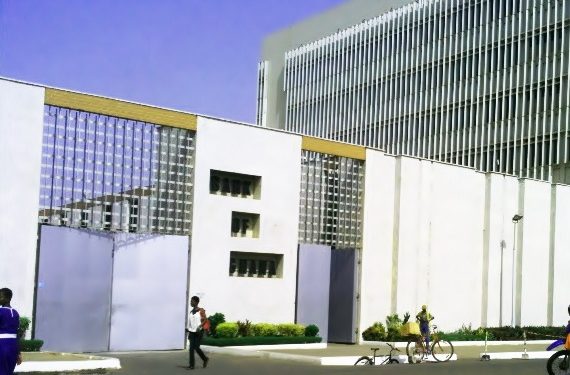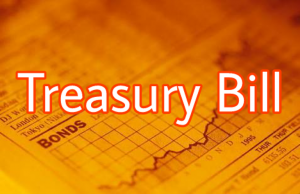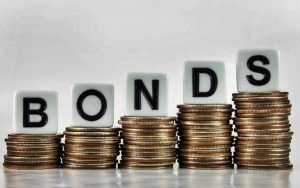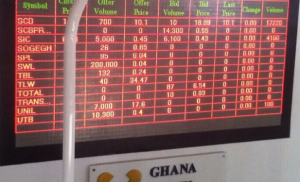The Monetary Policy Committee (MPC) of the Bank of Ghana has kept the policy rate unchanged at 14.5 percent for the fifth consecutive session, citing medium-term risks from fiscal expansion and rising crude oil prices.
“Risks to inflation in the near-term are broadly contained, but short to medium-term risks emanating from the fiscal expansion and rising crude oil prices are emerging,” the Bank said in a statement on Monday.
The MPC met last week and reviewed recent global and domestic developments including the outlook for the economy.
The statement said the Bank of Ghana’s updated Composite Index of Economic Activity (CIEA) recorded an annual growth of 11.9 percent in November 2020, compared with 3.4 percent growth a year ago.
The key drivers of economic activity during the period were construction, port activity, imports, manufacturing, and credit to the private sector.
Results from the Bank’s latest confidence surveys conducted in December 2020 showed improvements in both consumer and business confidence.
Consumer confidence remained firm at pre-lockdown levels reflecting optimism about current economic conditions following the gradual lifting of the COVID-19 related restrictions.
Business confidence improved significantly, reaching pre-lockdown levels, for the first time, as businesses met short-term company targets and expressed positive sentiments about growth prospects.
On execution of the budget, provisional data released by the Ministry of Finance as at November 2020, showed an overall broad cash budget deficit of 10.8 percent of GDP against the target of 11.4 percent of GDP for the year.
Over the review period, total revenue and grants amounted to GH¢46.5 billion (12.1percentof GDP), marginally higher than the revised target of GH¢46.0 billion (11.9percentof GDP).
Total expenditures and arrears clearance amounted to GH¢88.2 billion (22.9 percent of GDP) against the revised target of GH¢88.4 billion (22.9percentof GDP).
The elevated fiscal path has impacted the stock of public debt which rose to 74.4 per cent of GDP (GH¢286.9 billion) at the end of November 2020 compared with 62.4 percent of GDP (GH¢218.2 billion) at the end of December 2019.
Of the total debt stock, domestic debt was GH¢147.3 billion (38.2percentof GDP), while external debt was GH¢139.6 billion (36.2percentof GDP).
The banking sector showed resilience to the first wave of the pandemic supported by strong policy support and regulatory reliefs.
Banking sector performance remained strong through end 2020, with robust growth in total assets, deposits and investments.
Overall, the impact of COVID-19 on the industry’s performance was moderate as banks remained liquid, profitable and well-capitalized.
Total assets increased by 15.8 per cent, of which Investments in Government bonds rose by 33.4 percent.
Total exports contracted by 7.8 per cent year-on-year to US$14.5 billion in 2020, driven mainly by a significant decline of US$1.6billion in crude oil export receipts on the back of low prices.
Gold and cocoa export earnings, on the other hand, went up by 9.1 per cent and 2.1 per cent respectively, due to favourable prices and production volumes.
Total imports went down by US$974 million to US$12.4billion, underpinned by significant declines in both oil and non-oil imports.
Consequently, the trade balance recorded a lower surplus of US$2.0billion (3.0 per cent of GDP) in 2020, compared with US$2.3billion (3.4 per cent of GDP) in 2019.20.
Gross International Reserves at the end of December 2020 was US$8,624.4 million, providing cover for 4.1 months of imports of goods and services.
Cumulatively, the Ghana Cedi depreciated by 3.9 per cent against the US dollar in 2020, compared with a depreciation of 12.9 percent in 2019.
The Ghana cedi also depreciated by 7.1 7 per cent against the Pound and 12.1 percent against the Euro, compared with 15.7 per cent and 11.2 percent over the same comparative period.




